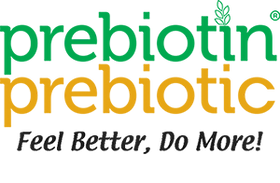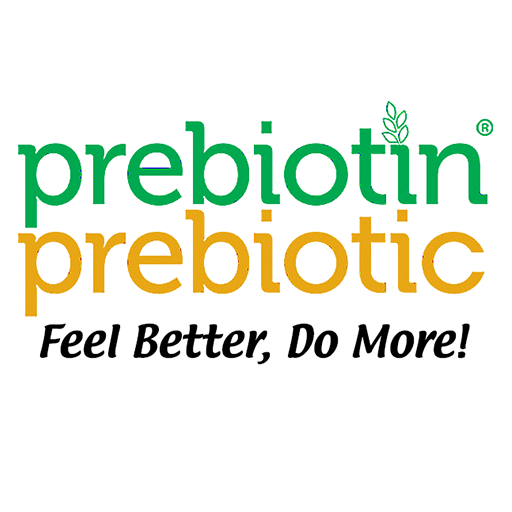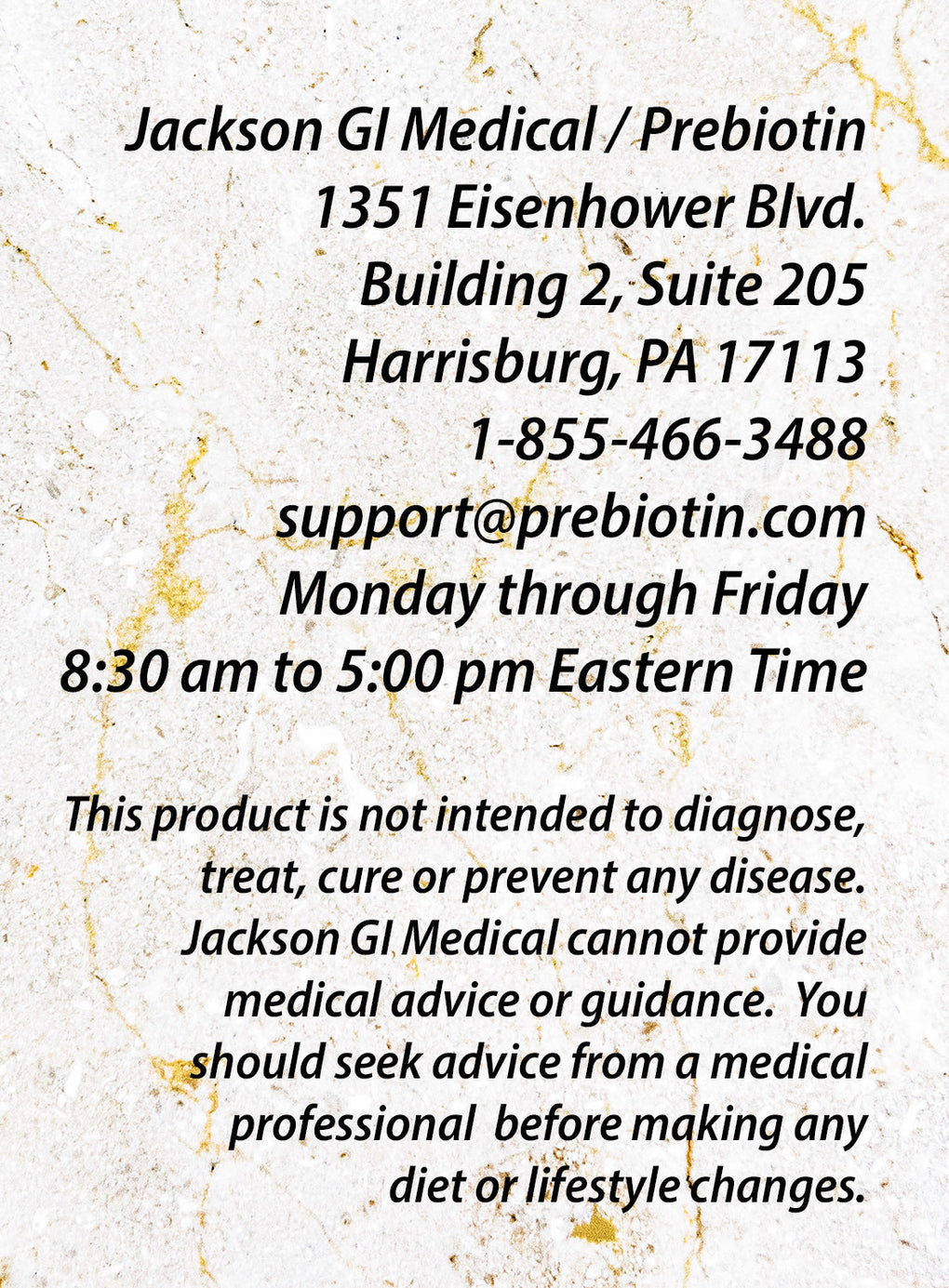
by Dr. Frank Jackson
Prebiotin Academy
Medical Concerns, Scientific Research and Diets
Calcium and Bone Density
Resources on this page:
CURRENT NEWS
Dr. Jackson certainly was aware of the importance of proper gut health and the relationship between prebiotic fiber for that good gut health, and the absorption of calcium as it impacts bone density.
Read more about this topic:
"Gut Microbiome and Bone Density Connection Found"
from September 24, 2023 for GenEngNews.com
Scientific Research
The major actors in the gut microbiome are called short-chain fatty acids (SCFA). These substances are made in large quantities in the colon when the right bacteria, the Bifidus, and Lactose, are growing prodigiously. One of these SCFAs is called proportionate. This substance has been shown to reduce cholesterol. However, by far the star SCFA is butyrate. This is the substance that does many good things in the colon and beyond. It is the nutrient for the colon cells themselves. It heals the colon wall and may reduce a leaky gut. A leaky gut allows unhealthy substances and inflammatory factors to slide through and into the blood stream. Some of these end up in the wall of the coronary arteries where they do not belong. The article below reviews these facts.
The next question of where in humans the calcium was absorbed and this was answered in 2007 in the following article. It is in the colon and prebiotics were the reason it occurred.
Of course, a most important question to be answered would be what happens to post-menopausal females who are prone to osteopenia and osteoporosis. The following article answeres this question. These older females did increase their calcium absorption when they took the prebiotic oligofructose-enriched inulin.
This very solid research means that this specific prebiotic, oligofructose-enriched inulin can be recommended to both the young when their bones are actively growing and to the postmenopausal females to enhance bone health.
Osteoporosis Dietary Therapy
Purpose
Calcium is essential to the body. It is the most common mineral in the body and is needed in tiny amounts for the function of most vital organs such as heart and brain. However, the vast majority of calcium is used by the bones and teeth. During early childhood and adolescence, vigorous bone growth occurs. However, bone is a living tissue and calcium leaves the bone as new bone is being created. By the mid 30’s, a shift occurs whereby more calcium begins to leave bone than is deposited. Bones begin to weaken. In the earliest stages, this is called osteopenia. As it worsens, it becomes osteoporosis. This is when bone fractures of the hip and spine begin to occur. It is never too late to reverse this process, though starting early in life and when young will give you the best chance of having strong bones later in life.
Vitamin D
Vitamin D is also essential to bone health. It encourages absorption of calcium. You get vitamin D from exposure of the skin to the sun, from a limited number of foods, and from dietary supplements. A remarkable recent finding is that there are receptors for vitamin D in many tissues other than the small intestine, where calcium from food is absorbed. These include muscles, brain, prostate, breast, colon, and immune cells. We have to believe that these vitamin D receptors serve a function since diseases in these organs have been associated with vitamin D deficiency.
Additionally, vitamin D levels have recently been found to be significantly low in many age groups. The previous recommendation of 400 IU per day is too low. The new recommendation is 800-1200 IU daily, especially for people who do not have significant skin sun exposure like the elderly or those who are inactive. Vitamin D is found in a limited number of foods such as cheese, butter, vitamin D fortified milk, oily fish, and eggs.
Vitamin D and calcium are intimately connected. You need to have a good level of vitamin D in your blood to absorb and use calcium. In Caucasian and light-skinned people, the sun’s rays will make vitamin D in the skin. Dark-skinned people and African-Americans need to get their vitamin D from foods and vitamin D pills. This is important as vitamin D deficiency is very common. For detailed information on vitamin D from the National Institutes of Health, Google search: Dietary Supplement Fact Sheet: Vitamin D.
Selected Foods High in Vitamin D
- Cod liver oil
- Salmon, Mackerel, Sardines, Tuna
- Vitamin D enriched milk, fruit juices, yogurt
What To Do – The Good Things
- Consume 1000-1500 mg of calcium per day in food and/or a supplement
- Active lifestyle – walking, bicycling, gym workout, etc. You want to stress your bones. Weightlifting by itself does not do this very well.
- Eat soluble plant fiber or take a prebiotic supplement.
- No cigarettes
- Moderate alcohol only
- Check your medications with your physicians.
- Moderate caffeine intake – coffee and sodas
Calcium Intake
By far, the most important consideration is to get enough calcium into your body every day. A minimum of 1000 mg a day is recommended going up to 1500 mg a day when needs are high, such as in recovery from fractures, athletics, and pregnancy. The chart below provides information on calcium content in various common foods.
Calcium Content of Foods
| Food | Serving Size | mg of Calcium |
| Almonds | 1/4 cup | 94 |
| Apple, Medium | 1 | 10 |
| Banana, Medium | 1 | 7 |
| Beef, Lean Ground | 3 oz | 9 |
| Bok Choy, Cooked or Fresh | 1/2 cup | 80 |
| Bread, White | 2 slices | 70 |
| Bread, Whole Wheat | 2 slices | 40 |
| Broccoli, Cooked or Fresh | 1 cup | 90 |
| Cheese, American | 1 oz | 174 |
| Cheese, Cheddar | 1 1/2 oz | 305 |
| Cheese, Grilled Sandwich | 1 | 371 |
| Cheese, Gruyere | 1 cup | 287 |
| Cheese, Mozzarella | 1 ounce | 207 |
| Cheese, Ricotta | 1/2 cup | 337 |
| Chicken Breast, Baked | 3 oz | 14 |
| Collard Greens, Frozen/Boiled | 1/2 cup | 179 |
| Cottage Cheese, 2% | 1 cup | 163 |
| Cream Cheese | 2 Tbsp | 23 |
| Cream, Half and Half | 1 Tbsp | 16 |
| Custard, Baked | 1/2 cup | 149 |
| English Muffin, Whole Wheat | 1 | 175 |
| Fig Bar Cookie | 4 | 40 |
| French Toast | 1 slice | 65 |
| Halibut, Baked | 3 oz | 51 |
| Hot Dog, Turkey | 1 | 58 |
| Ice Cream, Vanilla | 1 cup | 176 |
| Kale, Cooked | 1/2 cup | 90 |
| Macaroni and Cheese | 1/2 cup | 179 |
| Milk, Instant (Dry/Nonfat) | 2 Tbsp | 105 |
| Milk, Skim or 2% | 1 cup | 300 |
| Molasses, Blackstrap | 1 Tbsp | 137 |
| Mustard Greens, Cooked | 1/2 cup | 75 |
| Oatmeal, Instant | 3/4 cup | 163 |
| Orange Juice with Calcium | 1 cup | 300 |
| Orange, Medium | 1 | 52 |
| Pasta, Cooked | 1 cup | 10 |
| Pizza, Cheese | 1 slice | 111-147 |
| Pudding Maded with Milk | 1/2 cup | 147-160 |
| Rhubarb, Cooked | 1/2 cup | 167 |
| Rice Beverage with Calcium | 1 cup | 150-300 |
| Salmon | 5 oz | 278 |
| Sardines | 7 | 322 |
| Sesame Seeds, Dried | 1 Tbsp | 88 |
| Soy Beverage with Calcium | 1 cup | 250-300 |
| Spinach, Cooked or Frozen | 1/2 cup | 122 |
| Taco, Chicken | 1 | 87 |
| Tofu, Firm | 1/2 cup | 240 |
| Tofu, Regular | 1/2 cup | 108 |
| Tofu, with Calcium | 1/2 cup | 204 |
| Waffle, Homemade | 1 | 179 |
| Yogurt, Frozen (Fat Free/Low Fat) | 1/2 cup | 105 |
| Yogurt, Fruit | 1 cup | 315 |
| Yogurt, Low Fat | 1 cup | 450 |
Sample Menu
| Breakfast | Lunch | Dinner |
|
grapefruit, 1/2 |
vegetable soup, 1 cup |
tomato juice, 1 cup broiled chicken breast, 2 oz herbed brown rice, 1/2 cup broccoli spears, 2 cheese sauce, 1/4 cup hard dinner roll, 1 low saturated fat spread, 1 tsp carrot/raisin salad made with lite mayonnaise, 1/2 cup frozen strawberry yogurt, 1/2 cup skim milk, 1 cup |
This Sample Menu Provides the Following:
- Calcium - 1200 mg
- Calories - 2120 Kcal
- Protein - 84 gm
- Fat - 54 gm
- Carbohydrates- 326 gm
- Sodium - 3130 mg
Calcium Supplements
There are many different forms of calcium preparations sitting on the pharmacy shelf. How do you decide which is best for you? If you are getting, on average, 1000-1500 mg of calcium a day in your foods, you likely do not need a supplement. However, to get this much calcium, the diet must be rich in dairy products such as milk, yogurt, some cheeses, and fish. If you select a calcium supplement, below are some key facts to consider.
There are two main preparations of calcium:
- Calcium Carbonate
- Calcium Citrate
Calcium is also available as calcium lactate and calcium gluconate.
Elemental Calcium – This is an important term. The label may say calcium 1000 mg, but the important term is “elemental calcium“. This is the amount of calcium that is actually available from the preparation. For instance:
| Weight | Elemental Calcium | |
| Calcium Carbonate | 1000 mg | 400 mg (40%) |
| Calcium Citrate | 1000mg | 210 mg (21%) |
If you do not find the two words “elemental calcium” on the label, assume you must multiply the calcium weight listed by 40% for calcium carbonate and 21% for calcium citrate to get the true amount of elemental calcium.
- Expense – Calcium carbonate is the least expensive. Calcium citrate is more expensive per pill while providing only half the elemental calcium that carbonate preparation does.
- When and how to take it – Take calcium carbonate with meals, no more than 500 mg at a time. Twice a day is a reasonable dosing. Calcium citrate can generally be taken with or without food.
Calcium and Vitamin D
Calcium is one of the most common elements in the body. Yet, we still need a regular ingestion of at least 1200 mg of calcium a day. Milk can provide much of this. The calcium in vegetables is not as readily available to the body. Colon cancer risk seems to be greater when a low amount of calcium is ingested. So, adequate calcium intake in the form of milk, dairy products, shellfish, and vegetables is recommended. Many physicians are now recommending calcium carbonate supplements up to 1200 mg a day to keep calcium intake at a good level.
Vitamin D has always been associated with calcium and strong bones. However, considerable new research on this vitamin has uncovered some remarkable findings.
- Most tissues in the body, including colon cells, have receptors or attachment points for vitamin D. Hmm, that’s interesting. Why should there be vitamin D receptors on so many cells in the body beyond bone cells?
- Vitamin D controls, either directly or indirectly, over 200 genes responsible for healthy cell growth. If enough vitamin D is not present, some of these cells may get a bit disorganized.
- There is now significant research to suggest an anti-cancer effect with vitamin D.
- There is recognition that vitamin D deficiency is widespread, especially in the temperate weather zones where sun exposure is variable. Sunlight makes vitamin D in the skin.
This is startling information. The blood level of vitamin D should be above 30 ng/ml. National experts are not in agreement on the amount of vitamin D needed to reach this level. Many experts think that 400 IU a day is too low and that at least 800-1200 IU a day should be taken. Toxicity from too much vitamin D is very rare. Check with your physician.
Explore More
Medical Concerns, Scientific Research and Diets
-
Antibiotics and the Microbiome
-
C. Difficile
-
Calcium and Bone Density
-
Cancer
-
Celiac Disease and Gluten Intolerance
-
Children and Prebiotics
-
Colon Gas and Flatus
-
Colon Polyps and Cancer
-
Constipation
-
Crohn’s Disease
-
Diabetes Type 2
-
Diarrhea
-
Diverticulosis
-
Dysbiosis
-
End Stage Kidney Disease/Dialysis
-
Fatty Liver/Steatohepatitis
-
Fissure, Fistula and Abscess
-
Gut-Brain Connection
-
Heart and Cardiovascular
-
Hemorrhoids
-
High Fiber Diet
-
Immunity
-
Inflammatory Bowel Disease
-
Irritable Bowel Syndrome
-
Leaky Gut Syndrome
-
Low Fat Diet
-
Low Fiber Diet
-
Obesity and Weight Management
-
Toxins in the Colon
-
Ulcerative Colitis





